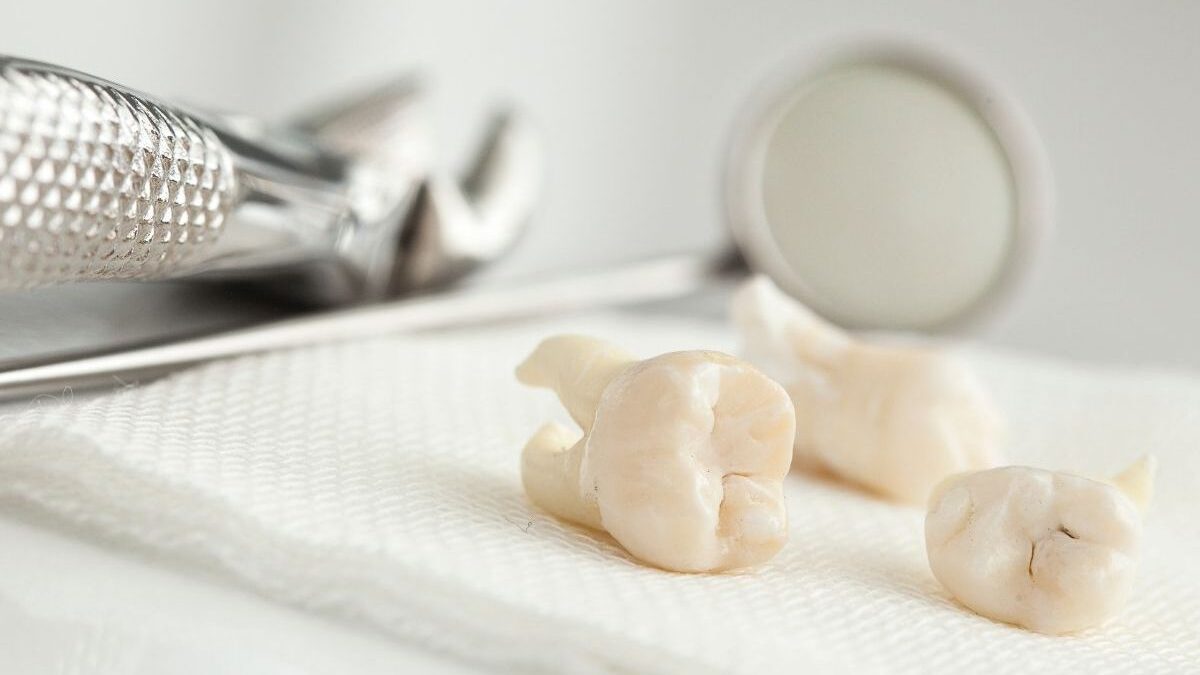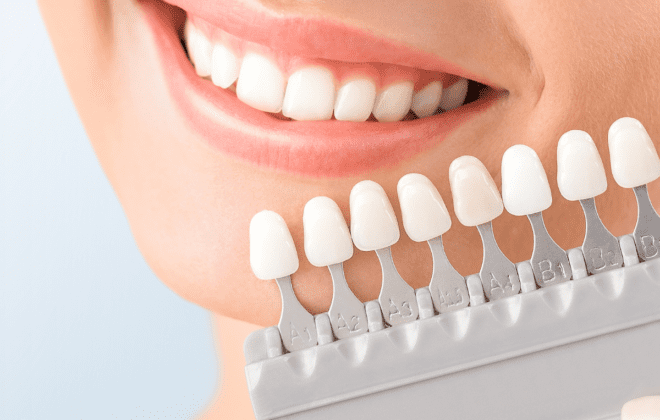Tooth Extraction – All You Need to Know
What is tooth extraction?
Tooth extraction is the process of removing a tooth. There are various reasons for tooth extraction including:
- dental cavities
- gum disease
- dental infections
- trauma, crack, or fracture
- impacted wisdom teeth
- preparation for dental braces, if the teeth are very crowded
- Baby teeth not falling out at the proper age
Types
Dentists may classify extractions as simple or surgical. A simple extraction involves a tooth that is visible above the gums and that a dentist can remove in one piece.
A surgical extraction is more complicated and involves the removal of gum tissue, bone, or both. The surgeon may need to remove the tooth in pieces.
Preparation
You will have a consultation with Dr. Patel prior to the extraction. During the consultation, the doctor will ask for a thorough medical history. We will review any medications that the person is taking. You may need to stop or start taking certain medications in the days leading up to the surgery.
Stopping blood thinners
Many people take blood-thinning medication to prevent the formation of blood clots in vessels. These medications can lead to more bleeding during surgery.
We can usually control bleeding at the site of the extraction by:
- using topical clotting medications on the gums
- packing the tooth socket with foam or dissolvable gauze
- stitching up the extraction site
- Using gauze and applying pressure after the procedure can also help stop bleeding.
However, anyone who takes blood thinners should let us know during the consultation. In order to tell whether you should temporarily switch to a different blood thinner or stop taking this type of medication. we will require consultation with your physician and the results of a recent blood test.
*Typically, you may need to stop taking blood thinners prior to tooth extractions. Anyone considering stopping this treatment should consult their dentist or physician first.
Starting antibiotics
In a few circumstances, Dr. Patel may prescribe antibiotics prior to tooth extraction. A person may need antibiotics if they have a high risk of infective endocarditis, an infection of the heart valves or the interior lining of the heart chambers
According to the American Heart Association (AHA), people with certain heart conditions have an increased risk of developing this infection following dental surgery.
The AHA and American Dental Association recommend, therefore, that people with any of the following take antibiotics prior to dental surgery to reduce the risk of infection:
- a prosthetic cardiac valve
- a history of cardiac valve repair with prosthetic material
- a cardiac transplant with structural abnormalities of the valve
- certain congenital heart abnormalities
- a history of infective endocarditis
However, typically toothaches do not require antibiotics. Always take antibiotics exactly as directed by a doctor, and avoid unnecessary use.
What to Expect from Tooth Extraction?
The process of extraction will begin with a review of medical history to ensure the safety and efficiency of tooth extraction. The following steps outline the general steps of the tooth extraction procedure:
- Review of medical history
- Review Risks and Benefits of procedures
- Local Anesthesia to numb the tooth area
- Extract tooth
- Review Aftercare Instructions
Aftercare Instructions
After your tooth extraction, it is important to care for the site of extraction. Ascent Dental will pack an aftercare kit for you consisting of sterilized gauze that should be switched out every 20 minutes until the bleeding stops.
These instructions will be helpful for you during the first 24 hours of your recovery:
- Bleeding: Slight oozing of blood and saliva is normal following oral surgery. Gauze packs were most likely placed over the surgical site before you left our office. These can be removed after approximately 30 minutes. Replacing the gauze is not necessary unless the bleeding is significant. To slow bleeding, fold a gauze square into a tight knot, and gently bite down on it with firm, steady pressure. If this does not slow the bleeding, you can moisten a caffeinated tea bag and bite down on it for 15 minutes. The tannic acid in the tea will help to shrink blood vessels and slow bleeding. If you still have severe bleeding after using a teabag, contact our office for further instructions.
- Swelling: While swelling is a normal part of the healing process, it can be reduced with the use of a cold compress. Gently apply an ice pack to the external surface of the area in continuous, 20-minute increments. This is extremely beneficial when done over the course of the first day. Typically, ice packs will not be helpful after 24 hours.
- Diet: Avoid crunchy, spicy, or hard foods for the first week. Instead, eat soft, nutritious foods, such as eggs, yogurt, fish, smoothies, and pasta. Drink lots of water.
- Hygiene: Do not brush the surgical site. Use an antibacterial mouth rinse to aid in healing and keep the area clean. A warm salt water rinse is also helpful in soothing the surgical area. However, when using rinses, do not swish vigorously.
- Medications: Take your medications exactly as directed. For pain relief, over-the-counter anti-inflammatories can be used to alleviate discomfort and decrease swelling. If the pain persists, call our office immediately.
- Activity Level: Do not participate in exercise or heavy lifting for at least 48 hours following your procedure. Raising your heart rate will result in increased bleeding, swelling, and discomfort.



